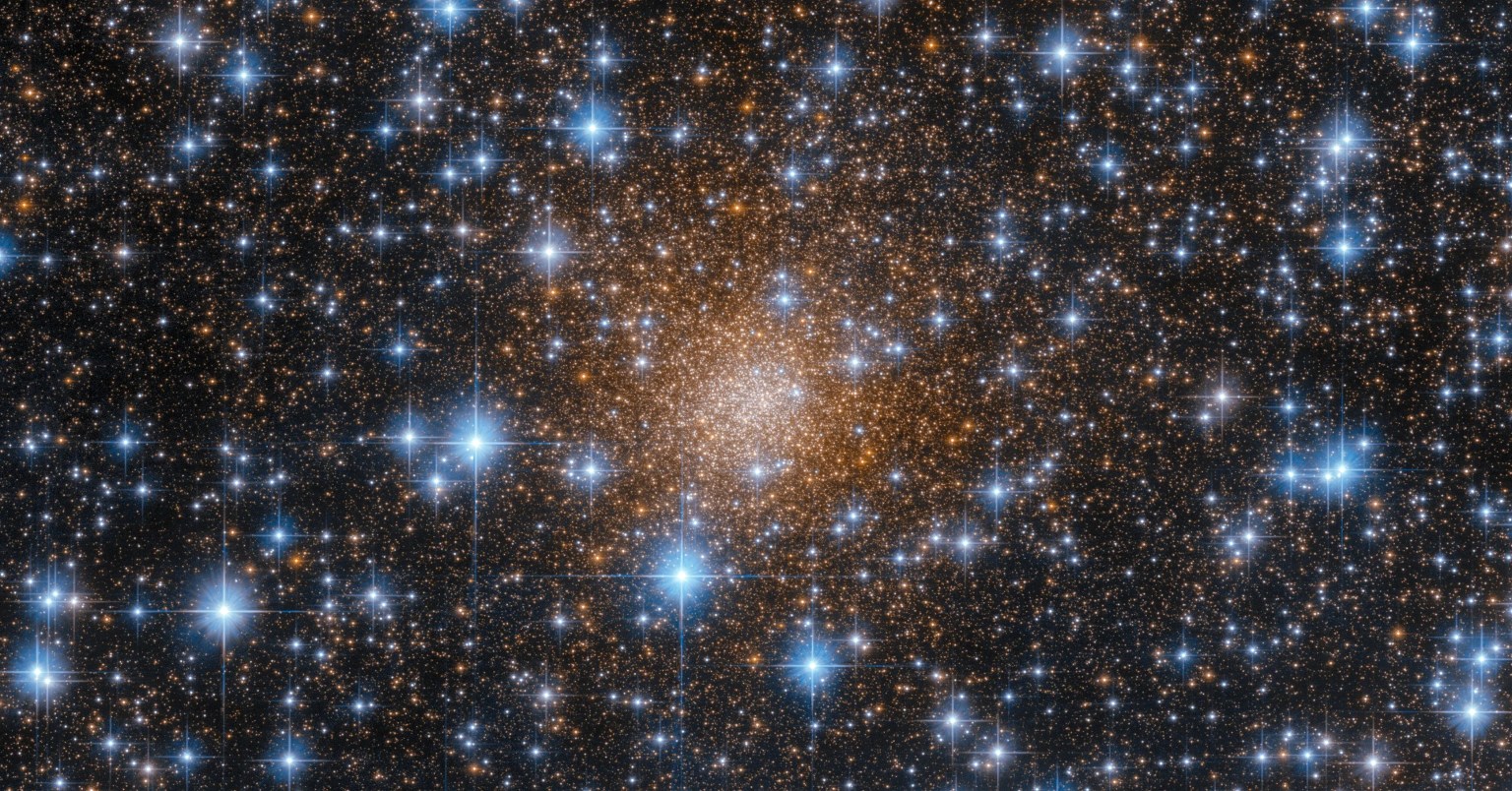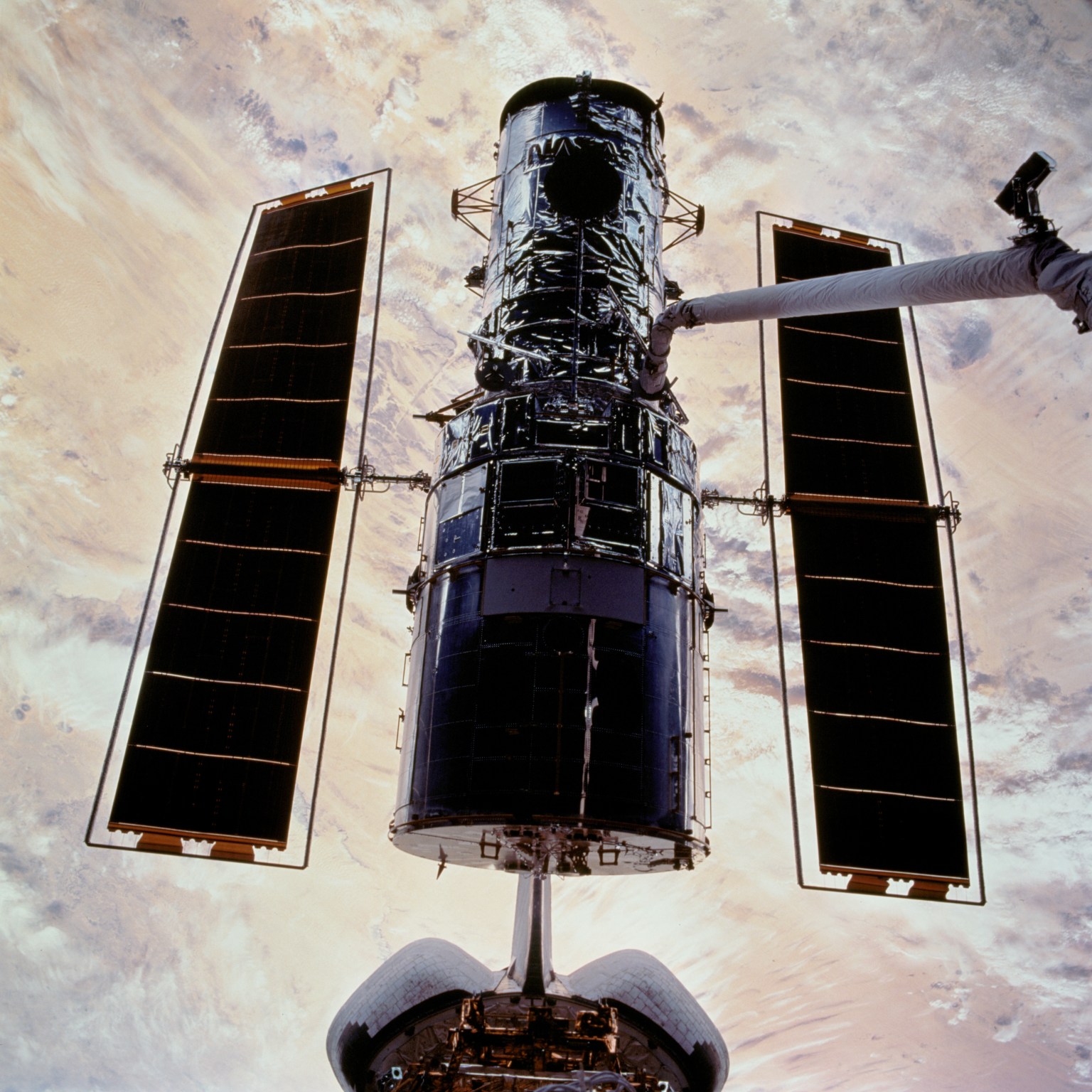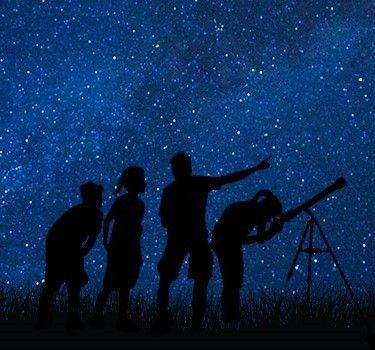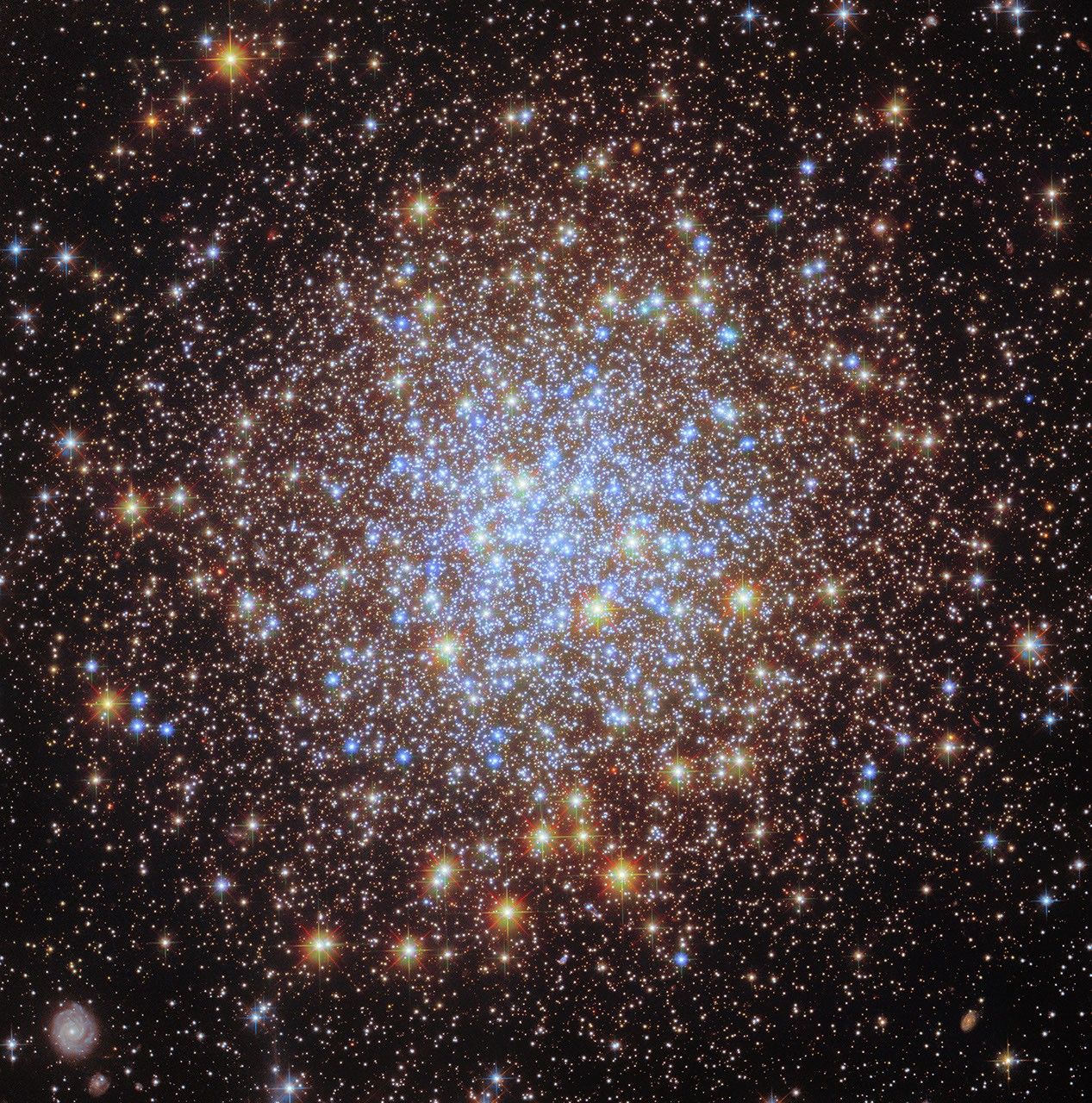Explore Hubble Hubble Home Overview About Hubble The History of Hubble Hubble Timeline Why Have a Telescope in Space? Hubble by the Numbers At the Museum FAQs Impact & Benefits Hubble’s Impact & Benefits Science Impacts Cultural Impact Technology Benefits Impact on Human Spaceflight Astro Community Impacts Science Hubble Science Science Themes Science Highlights Science Behind Discoveries Hubble’s Partners in Science Universe Uncovered Explore the Night Sky Observatory Hubble Observatory Hubble Design Mission Operations Missions to Hubble Hubble vs Webb Team Hubble Team Career Aspirations Hubble Astronauts News Hubble News Social Media Media Resources Multimedia Multimedia Images Videos Sonifications Podcasts e-Books Online Activities Lithographs Fact Sheets Posters Hubble on the NASA App Glossary More 35th Anniversary Online Activities 2 min read
Hubble Visits Glittering Cluster, Capturing Its Ultraviolet Light 
ESA/Hubble released new images of NGC 346, the Sombrero Galaxy, and the Eagle Nebula earlier in the month. Now they are revisiting the star cluster Messier 72 (M72).
M72 is a collection of stars, formally known as a globular cluster, located in the constellation Aquarius roughly 50,000 light-years from Earth. The intense gravitational attraction between the closely packed stars gives globular clusters their regular, spherical shape. There are roughly 150 known globular clusters associated with the Milky Way galaxy.
The striking variety in the color of the stars in this image of M72, particularly compared to the original image, results from the addition of ultraviolet observations to the previous visible-light data. The colors indicate groups of different types of stars. Here, blue stars are those that were originally more massive and have reached hotter temperatures after burning through much of their hydrogen fuel; the bright red objects are lower-mass stars that have become red giants. Studying these different groups help astronomers understand how globular clusters, and the galaxies they were born in, initially formed.
Pierre Méchain, a French astronomer and colleague of Charles Messier, discovered M72 in 1780. It was the first of five star clusters that Méchain would discover while assisting Messier. They recorded the cluster as the 72nd entry in Messier’s famous collection of astronomical objects. It is also one of the most remote clusters in the catalog.
Facebook logo @NASAHubble @NASAHubble Instagram logo @NASAHubble Media Contact:
Claire Andreoli (claire.andreoli@nasa.gov)
NASA’s Goddard Space Flight Center, Greenbelt, MD
Details Last Updated Apr 25, 2025 Editor Andrea Gianopoulos Location NASA Goddard Space Flight Center Related Terms Hubble Space Telescope Astrophysics Astrophysics Division Globular Clusters Goddard Space Flight Center Star Clusters Stars The Universe
Keep Exploring Discover More Topics From Hubble Hubble Space Telescope
Since its 1990 launch, the Hubble Space Telescope has changed our fundamental understanding of the universe.





